Dry curd cottage cheese changes everything if you care about texture. Most people have never even seen it, but once you cook with it, regular cottage cheese feels like the wrong tool for the job. Dry curd cottage cheese is just pure pressed curds—no cream, no slosh, no shortcuts.
Table of Contents
What Is Dry Curd Cottage Cheese?
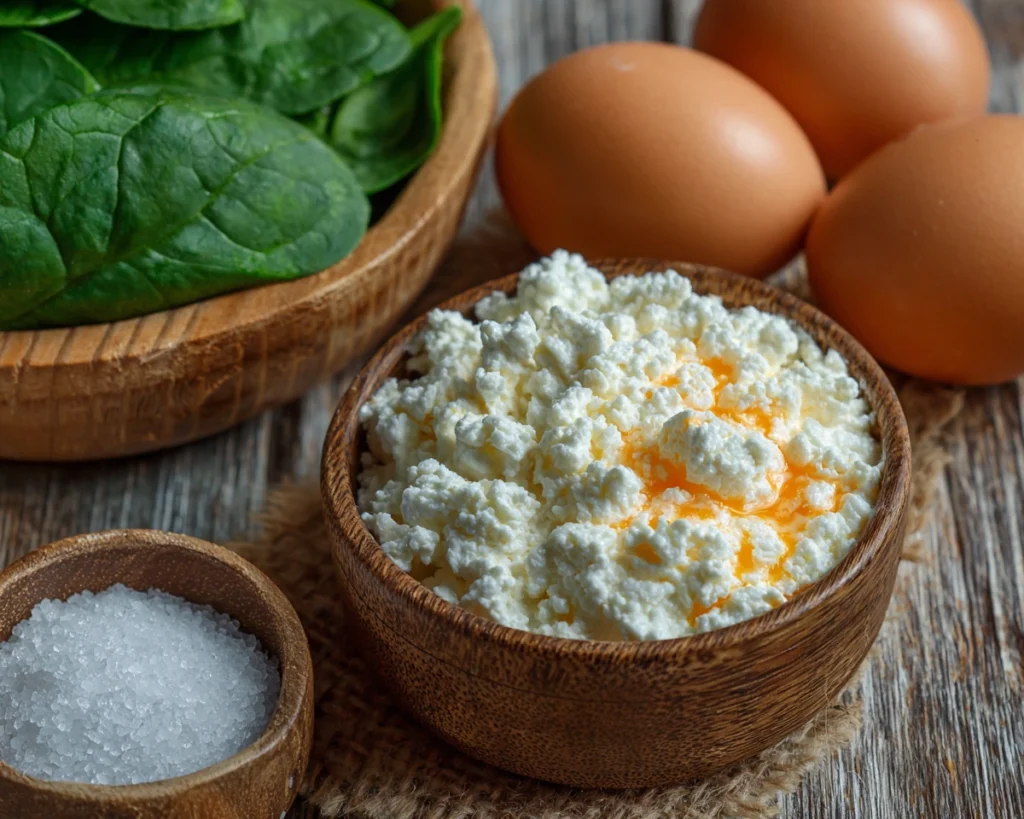
No Cream. No Gimmicks.
- Just the curds:
Unlike typical cottage cheese, dry curd cottage cheese skips the extra cream. This leaves you with dense, slightly tangy curds that won’t water down your recipes. - Clean texture:
Perfect if you’re making high-protein bakes, pancakes, or bowls where too much moisture ruins the dish. In fact, my flourless cottage cheese pancakes absolutely rely on it for the right bite. - Neutral taste:
The flavor is subtle, so it pairs well with both sweet and savory ingredients. For anyone who wants to control salt or sugar, check the label—many brands are unsalted and have zero added sugars.
Where to Find Dry Curd Cottage Cheese
- Specialty stores:
You’ll most often spot it at co-ops, Eastern European grocers, or in the cheese case at health food stores. - Farmer cheese = Dry curd:
Some brands call it “farmer cheese” or “baker’s cheese”—don’t let the name throw you. - Home method:
Can’t find it? Rinse and drain small-curd cottage cheese in a cheesecloth-lined colander overnight. The result isn’t exact, but for structure, it’s close. Use it in bowls like my cottage cheese sweet potato bowl when you need the protein without the mess.
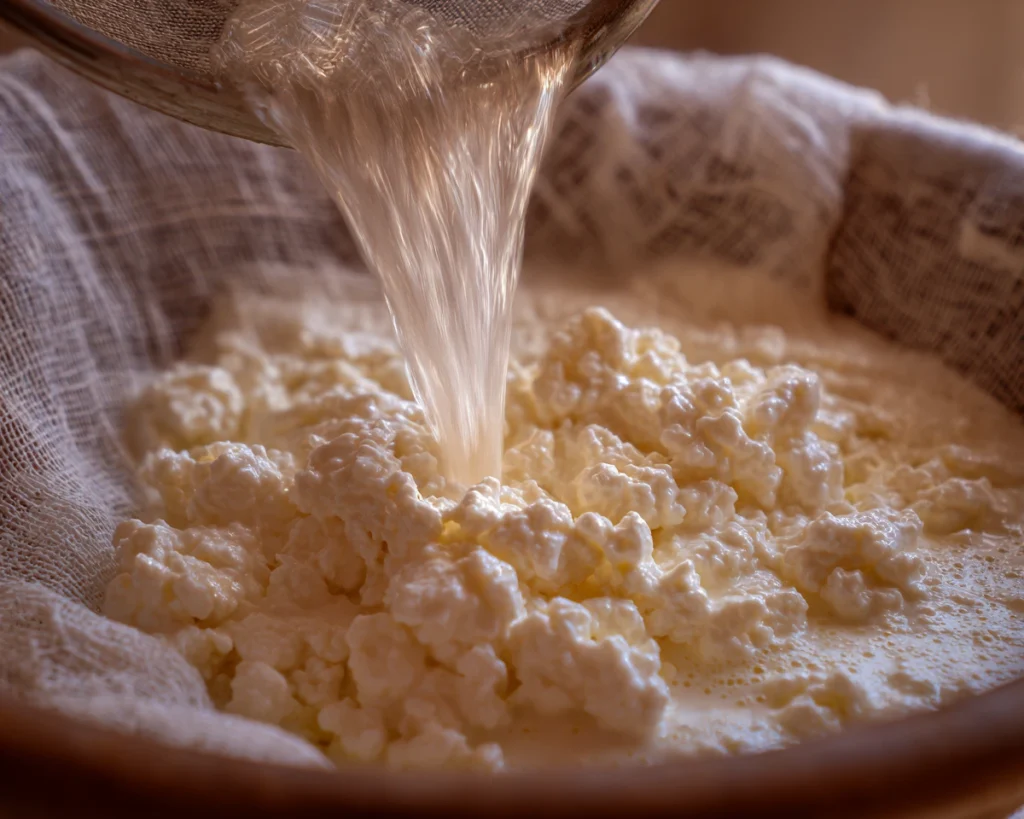
Why It Matters
- No excess water:
Your dishes set up clean, with no soggy texture. - Higher protein, lower sugar:
Most dry curd cottage cheese is naturally low in carbs and lactose, perfect for anyone who wants a smarter, cleaner base. - Pure, real curds:
When you want real structure—especially for bakes or meal prep—this is the cheese that gets the job done.
What Is a Substitute for Dry Curd Cottage Cheese?
Sometimes, dry curd cottage cheese just isn’t on the shelf. Good news: you don’t have to scrap your meal plan. There are ways to fill the gap, but each has its pros and cons.
Homemade (Quick Fix)
- Drain regular cottage cheese:
Take small-curd cottage cheese, pour it into a cheesecloth-lined strainer, and let it drain in the fridge overnight. Rinse with cool water if needed to remove extra cream.
Result: The texture will be drier and crumbly, not wet or pasty. - When it works:
This approach is solid for baked goods, pancakes, and casseroles where structure matters. I use it often for high-protein bowls when I’m in a rush and still want that classic bite.
Farmer Cheese
- Best commercial swap:
Many Eastern European or natural markets stock “farmer cheese”—this is usually dry curd cottage cheese by another name.
Result: The curds hold together, stay mild, and deliver reliable protein. Great for both sweet and savory dishes. - Where to use:
Perfect in breakfast bakes or as a filling in savory pancakes. If you love structured texture, this is your closest match.
Ricotta or Paneer
- For soft or firm texture:
Ricotta is softer and wetter, but if you need a backup for dips or spreads, it’ll do. For a firmer, sliceable substitute, paneer (cubed or crumbled) is a solid option.- Ricotta: Best for blending or mixing into soft batters.
- Paneer: Holds up well in layered bakes or as a protein boost in bowls.
- Link for context:
If you’re making something like cottage cheese pancakes, use a homemade drained cottage cheese or farmer cheese for best results. Ricotta will change the outcome—softer and more delicate.
Greek Yogurt or Skyr (Last Resort)
- Works for moisture, not texture:
If you need the tang and protein but don’t care about curd structure, thick Greek yogurt or Icelandic skyr will blend in well.- Not ideal for baked dishes where structure counts.
- Good for creamy bowls or cold salads.
Is Dry Cottage Cheese the Same as Regular Cottage Cheese?
If you line up a tub of dry curd cottage cheese next to regular cottage cheese, you’ll see the difference before you even taste it. The texture, moisture, and even the way these cheeses behave in recipes are not the same—and the choice you make can change your dish.
What Sets Them Apart
- Texture:
Dry curd cottage cheese is crumbly and firm. No extra liquid at the bottom. Regular cottage cheese, on the other hand, is packed with added cream or milk, making it soft, spreadable, and often runny.
This matters if you’re meal prepping or baking. For example, when I make cottage cheese sweet potato bowls, dry curd keeps the bowl light and structured, while regular cottage cheese can turn it mushy. - Moisture Content:
Dry curd is almost entirely drained. That’s why it’s so popular in old-school Eastern European recipes or any time you need the cheese to “hold its own.”
Regular cottage cheese has extra dairy added back, perfect for creamy dips or cold salads like my carrot ribbon salad. - Flavor:
Dry curd brings a clean, subtle tang with almost no salt unless you add it yourself. The added cream in regular cottage cheese gives it a softer texture and a more subtle, creamy taste.
Can You Swap Them?
- Not always.
If a recipe calls for dry curd, and you use regular cottage cheese, expect a wetter, less structured dish. You’ll often need to adjust for extra moisture—drain or blot the cheese, or reduce liquid in the rest of the recipe. - Best practice:
For bakes, pancakes, and any meal prep where structure matters, stick with dry curd cottage cheese or a drained substitute. For creamy spreads or cold bowls, regular cottage cheese is fine.
Quick Takeaway
Both have a place in the kitchen. The key is knowing which one your recipe really wants—otherwise, you risk soggy casseroles, watery bowls, or pancakes that never set.
Are Curd and Cottage Cheese the Same?
It’s easy to mix up the terms, but curd and cottage cheese are not identical. Both start the same way, but where they end up in your recipe can be very different.
The Basics
- Curd:
Curd is simply the solid part formed when milk is coagulated—think of it as the building block for countless cheeses. Curds can be salted, pressed, aged, or eaten fresh. Every time you make homemade paneer, queso fresco, or even farmer cheese, you’re working with curd at the core. - Cottage Cheese:
Cottage cheese, including dry curd cottage cheese, is a finished product made from curds. The main difference is how it’s handled after the curds form. For standard cottage cheese, cream is usually mixed back in for that loose, creamy texture.
Dry curd cottage cheese skips this step, leaving you with clean, crumbly curds ready for serious meal prep.
Why This Matters in the Kitchen
- If a recipe wants “curd,” it might be talking about the unsalted, fresh solid that you get when you make cheese at home. This is great for dishes like homemade paneer or for tossing in a carrot ribbon salad for a bit of bite.
- If it calls for cottage cheese, especially dry curd cottage cheese, you need the structure those pressed curds offer—especially for baking or protein bowls. Using the wrong type can mean too much moisture or a bland finish.
Practical Chef’s Note
- The names may overlap, but the results don’t. For high-protein meal prep or sturdy baked dishes, always reach for dry curd cottage cheese. When in doubt, check the label and aim for low moisture and zero added cream.
- If you want a smoother, more spoonable cheese—like for blending into a sweet potato protein bowl—reach for standard cottage cheese instead.
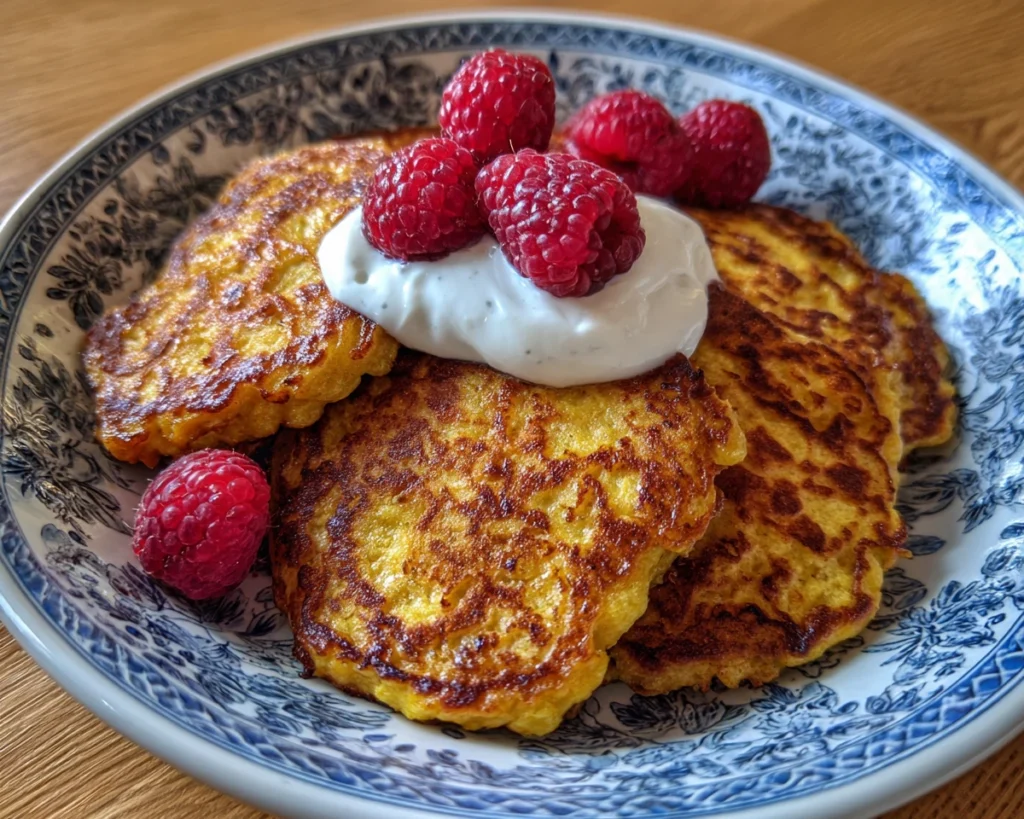
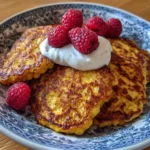
Dry curd cottage cheese
- Total Time: 30 minutes
- Yield: 2 to 4 servings 1x
- Diet: Vegan
Description
Dry curd cottage cheese is pure pressed curds with no added cream—perfect for pancakes, meal prep bowls, and bakes that need real structure.
Ingredients
- 2 cups dry curd cottage cheese
- 2 large eggs
- 1 medium sweet potato (cooked, diced)
- 1 cup fresh spinach
- 1/4 teaspoon sea salt
Instructions
- Place dry curd cottage cheese in a mixing bowl.
- Add eggs, sweet potato, spinach, and sea salt.
- Mix until just combined—don’t overwork.
- Form into pancakes or spoon into meal prep bowls.
- Bake or pan-fry as needed; serve hot or cold.
Notes
- If you can’t find dry curd cottage cheese, drain small-curd cottage cheese overnight in cheesecloth.
- Perfect for gluten-free meal prep or high-protein breakfasts.
- Pairs well with fresh herbs or a dash of black pepper.
- Prep Time: 10 minutes
- Cook Time: 20 minutes
- Category: Breakfast, Meal Prep
- Method: Baked, Pan-Fried
- Cuisine: American, Eastern European
Nutrition
- Serving Size: 1 bowl or 2 pancakes
- Calories: 180
- Sugar: 3g
- Sodium: 230mg
- Fat: 5g
- Saturated Fat: 2g
- Unsaturated Fat: 3g
- Trans Fat: 0g
- Carbohydrates: 14g
- Fiber: 2g
- Protein: 16g
- Cholesterol: 100mg
Keywords: dry curd cottage cheese, protein, gluten-free, meal prep, Cottage cheese, sour cream, egg yolk noodles, dairy, sea salt
Frequently Asked Questions About Dry Curd Cottage Cheese
What is dry curd cottage cheese?
Dry curd cottage cheese is cottage cheese with all the extra cream and moisture pressed out, leaving just the tangy, crumbly curds. It’s the go-to for recipes that need structure, like baked goods or classic Eastern European dishes. If you need a firm base for pancakes or high-protein bowls, dry curd makes a real difference—just like in my cottage cheese pancakes flourless recipe.
What is a substitute for dry curd cottage cheese?
If you can’t find dry curd cottage cheese, you can drain small-curd cottage cheese in a cheesecloth overnight for a close match. Farmer cheese is usually a spot-on swap, especially from an Eastern European grocer. For softer results, ricotta or paneer work, but the texture and final dish may change. For more swap ideas, check the tips in my sweet potato protein bowl article.
Is dry cottage cheese the same as regular cottage cheese?
No—they’re made from the same base, but regular cottage cheese has cream added back, making it wetter and milder. Dry curd cottage cheese is crumbly, firm, and holds up much better in meal prep or baking. Using one for the other can change your results, especially in structured recipes.
Are curd and cottage cheese the same?
Not quite. Curd is the solid part that forms when milk is split (think paneer or fresh farmer cheese). Cottage cheese is made from these curds, with some brands adding cream or extra liquid to adjust texture. For best results in sturdy, protein-rich meals, stick to dry curd cottage cheese if the recipe calls for it.
Conclusion
Dry curd cottage cheese is a simple fix for soggy, unreliable meal prep. I use it when I want structure in recipes—whether that’s a batch of flourless cottage cheese pancakes or a protein-packed sweet potato bowl. If you want more recipe inspiration, see how other cooks use dry curd cottage cheese in high-protein dishes over at Skinnytaste or explore my latest kitchen tests and ideas on Pinterest.
The right curds keep your food together, batch after batch. Once you see what dry curd cottage cheese can do, it’s tough to go back.
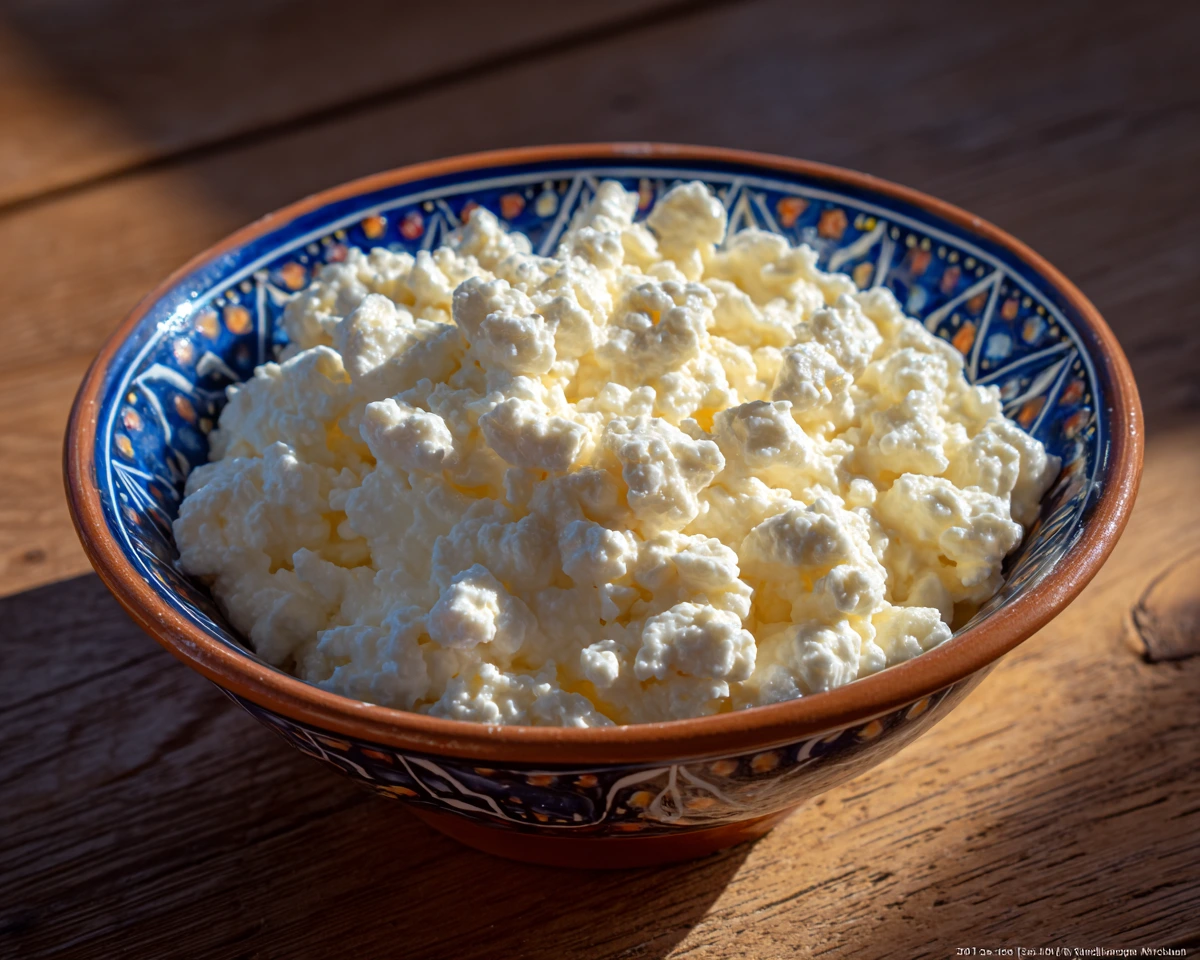
Chef Curtis gets it. Dry curd cottage cheese has made my high-protein lunches way better. Will be back for more of these guides, for sure.
Loved the no-nonsense style and the substitution tips—seriously helpful for anyone who shops at regular stores. Five stars for the clarity and recipe ideas!
This article saved my breakfast meal prep. I never knew why my bowls turned soggy before! Your advice on draining regular cottage cheese is spot-on.
Finally—someone explains dry curd cottage cheese like a real chef! Tried the pancake recipe and it worked perfectly. Thanks for making this so clear and practical.